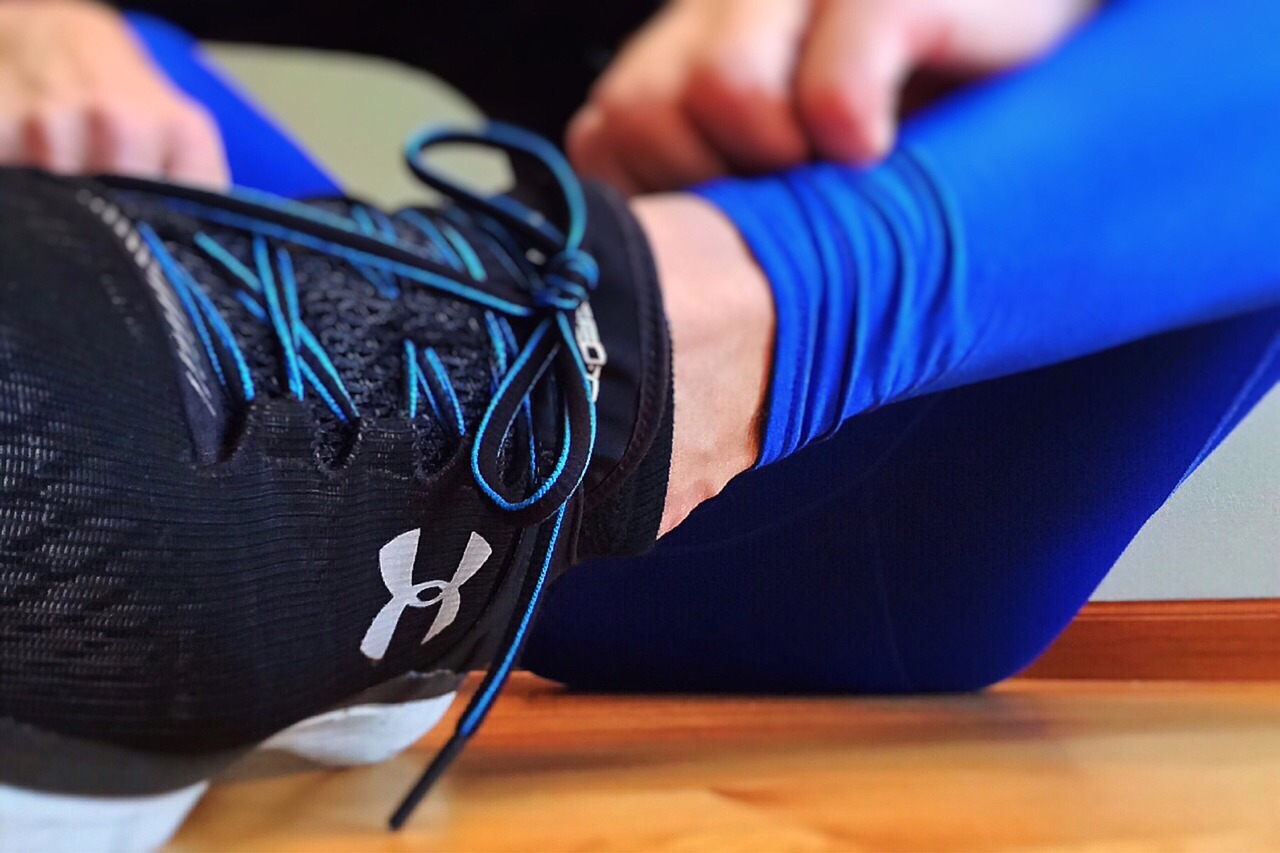Compression leg therapy is a non-invasive treatment designed to improve circulation and promote the overall health of the legs. It typically involves wearing specially designed garments, such as compression socks or sleeves, or using compression devices like pneumatic compression pumps that apply targeted pressure to the legs. While compression therapy is widely known for its use in medical settings, its benefits extend to a variety of situations, including athletic recovery and post-surgery healing. Let’s take a closer look at the many reasons that you may wish to consider compression leg therapy for your own holistic health journey.
- Improving Circulation: One of the primary reasons people use compression leg therapy is to improve circulation in the legs. Proper blood flow is essential for maintaining healthy tissue and preventing complications like blood clots or varicose veins. In conditions where circulation is compromised—such as in individuals who spend long periods sitting or standing—compression therapy can help. Compression garments apply gentle, consistent pressure to the legs, which helps promote the flow of blood back to the heart. This is especially beneficial for people with conditions like chronic venous insufficiency, where blood flow is hindered in the veins.
- Reducing Swelling and Fluid Retention: Compression leg therapy is effective in managing swelling and fluid retention in the legs, which can occur for various reasons, including pregnancy, prolonged sitting or standing, or medical conditions like lymphedema. Swelling occurs when excess fluid builds up in the tissues, leading to discomfort, pain, and potential complications. Compression garments help by applying pressure to the affected area, which encourages the movement of fluid from the lower legs back into the bloodstream, preventing or reducing the buildup of fluid. This can provide relief from swollen feet, ankles, and legs, reducing discomfort and enhancing mobility.
- Preventing and Treating Varicose Veins: Varicose veins are enlarged, twisted veins that can be seen just under the skin’s surface, often in the legs. They occur when the veins’ valves fail to function properly, allowing blood to pool and causing veins to stretch. Compression therapy is one of the most effective treatments for varicose veins. By applying pressure to the veins, compression garments help prevent blood from pooling and improve the efficiency of vein function. This can help alleviate the discomfort associated with varicose veins, such as aching, heaviness, and swelling. Additionally, compression therapy can help prevent the progression of varicose veins, particularly when used as a preventive measure for people at risk of developing the condition.
- Accelerating Post-Surgery Healing: Compression leg therapy is commonly used after surgery, especially in procedures involving the legs or veins. After surgery, the body often experiences swelling and fluid retention as part of the healing process. Compression therapy can assist in reducing this swelling and can also promote faster recovery by improving blood circulation to the affected area. In post-surgery recovery, compression therapy is often prescribed by healthcare providers to reduce the risk of blood clots (deep vein thrombosis or DVT) and to ensure that the tissues heal properly.
- Enhancing Athletic Performance and Recovery: Athletes often use compression leg therapy for its benefits in enhancing performance and speeding up recovery after intense physical activity. Compression garments can help reduce muscle fatigue, decrease soreness, and promote faster recovery by enhancing circulation and reducing muscle vibration during exercise. By improving blood flow and reducing swelling, compression therapy helps deliver oxygen and nutrients to muscles more efficiently, aiding in the removal of metabolic waste products like lactic acid that can contribute to muscle soreness. Post-exercise, athletes often wear compression garments to reduce the risk of delayed-onset muscle soreness (DOMS). The pressure provided by the garments also helps prevent the buildup of fluid in the legs, reducing the appearance of swelling and discomfort after long training sessions or competitive events.
- Preventing Blood Clots (Deep Vein Thrombosis): Blood clots, or deep vein thrombosis (DVT), are a serious condition that occurs when blood clots form in the deep veins, often in the legs. DVT can lead to complications such as pulmonary embolism, where a clot breaks free and travels to the lungs, causing a blockage. Compression therapy is an effective preventive measure for DVT, especially for individuals at higher risk, such as those who are immobile after surgery or who spend long periods sitting on long-haul flights. Compression helps stimulate blood flow and reduce the likelihood of blood pooling in the veins, which can reduce the risk of clot formation.
- Supporting Pregnancy-Related Discomfort: Pregnancy often comes with its own set of challenges, including leg swelling, varicose veins, and fatigue. Compression leg therapy can provide relief to pregnant women by improving circulation, reducing swelling, and preventing the formation of varicose veins. Many women find that wearing compression stockings during pregnancy helps them manage the physical demands of carrying extra weight and the hormonal changes that affect their vascular system.
Compression leg therapy plays an essential role in maintaining leg health and overall well-being. If you would like to learn more about the significant benefits to your health, call Longevity Wellness Clinic today – our professional team is here to help.



